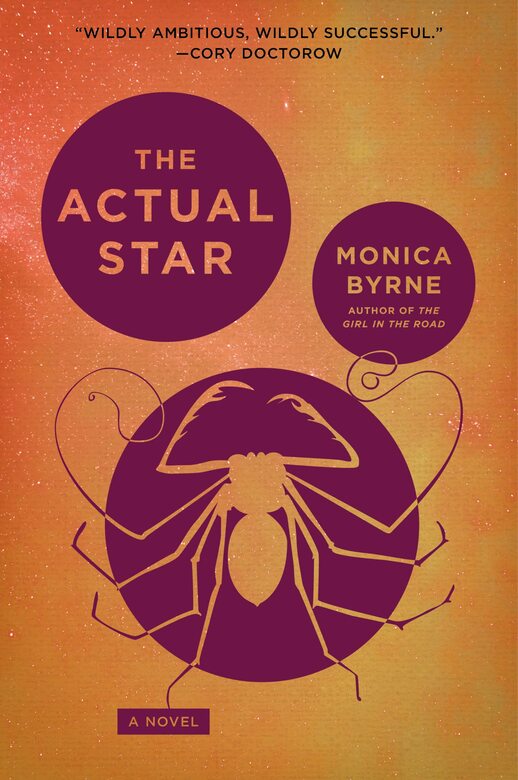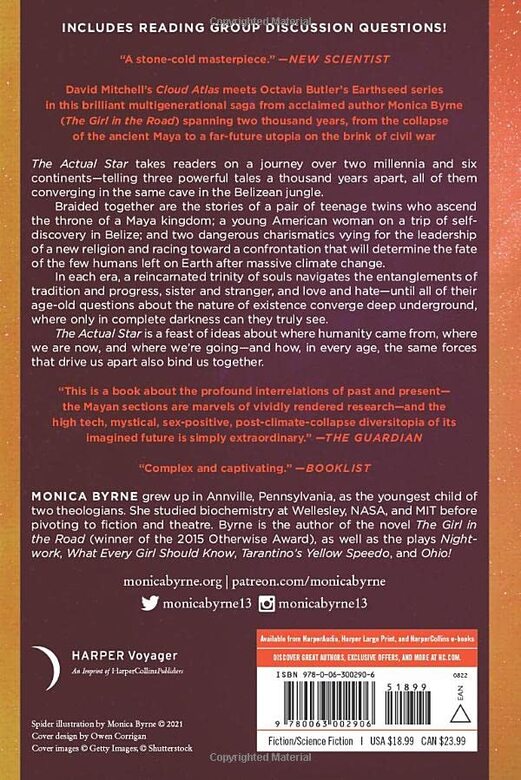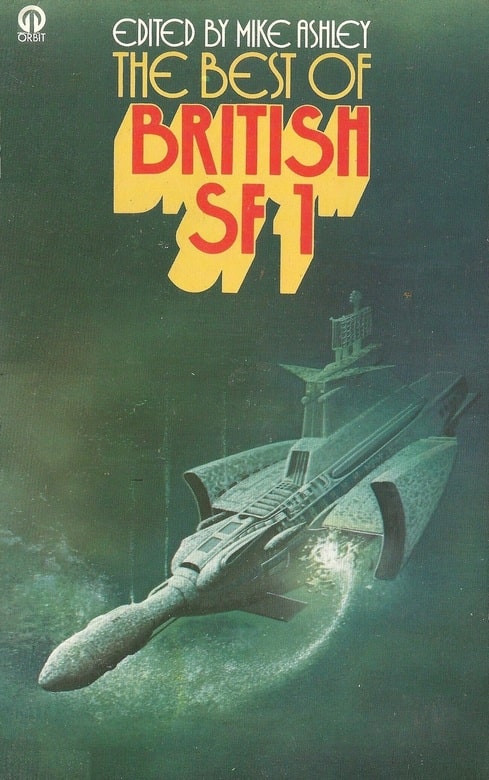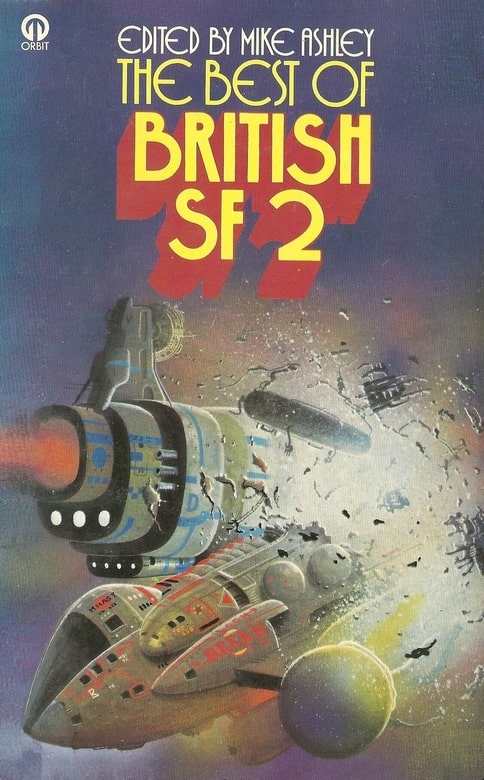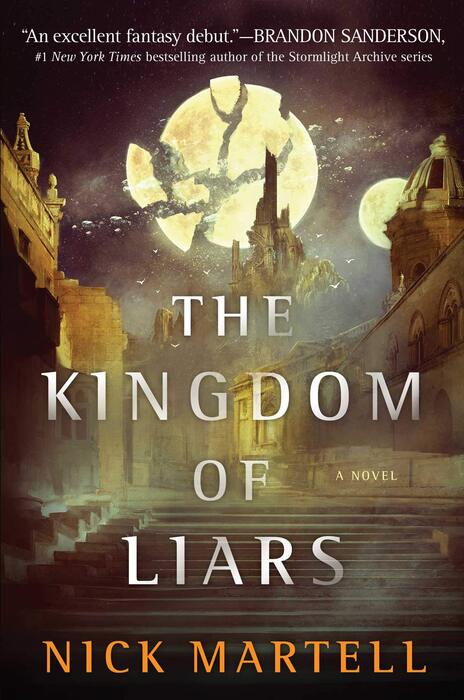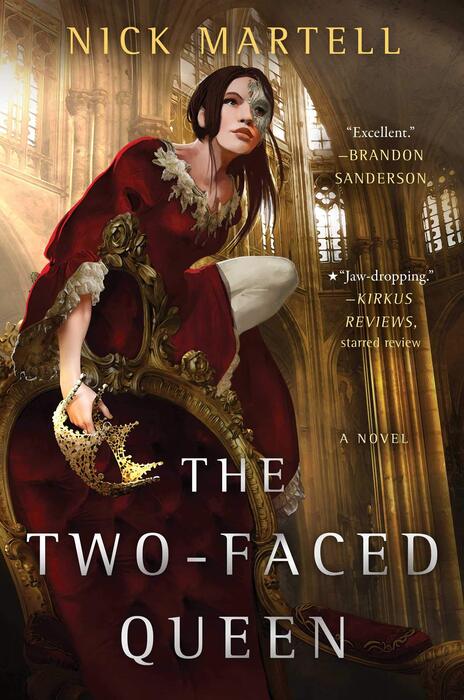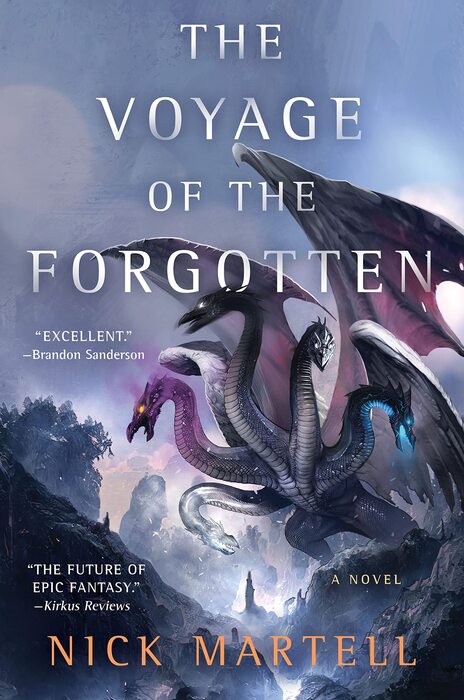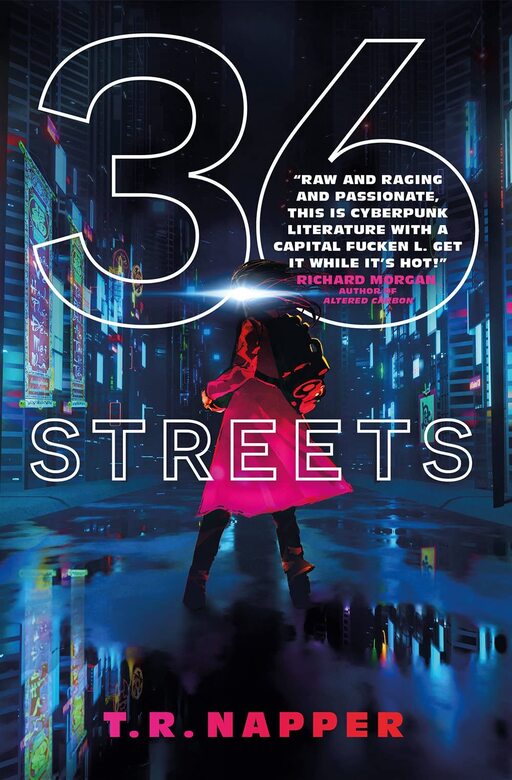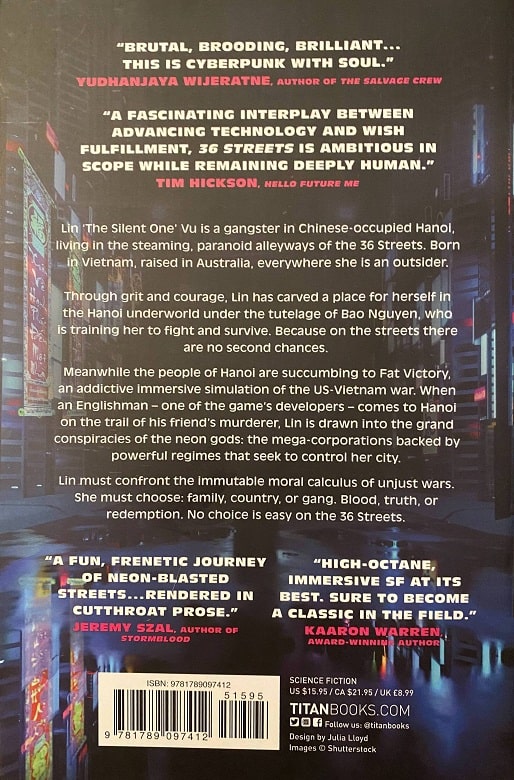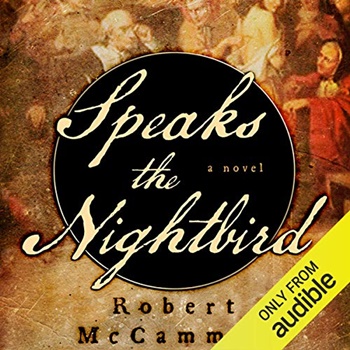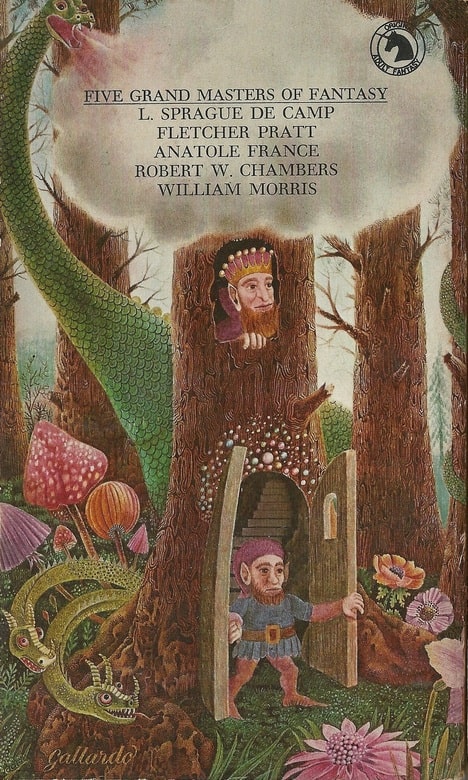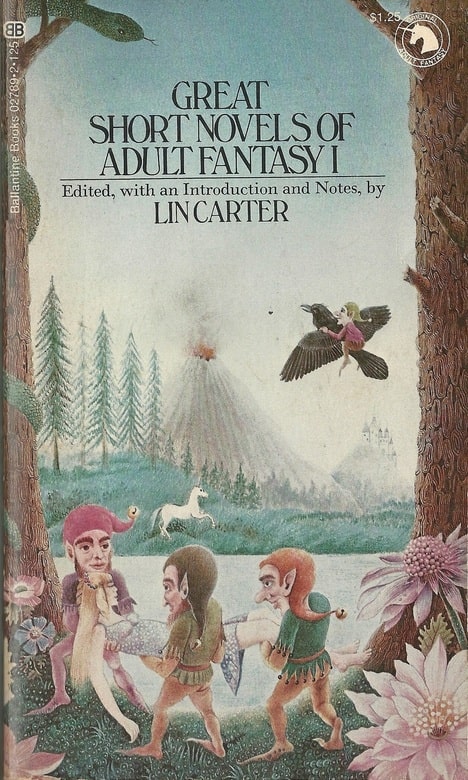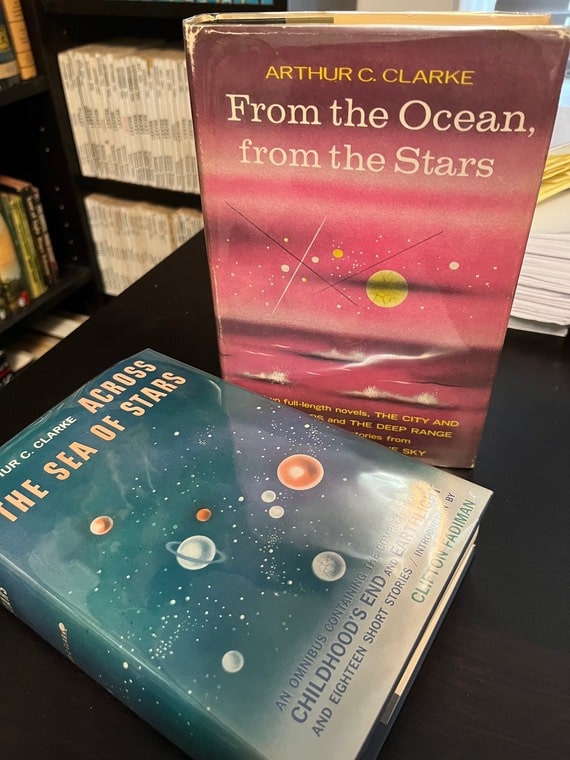New Treasures: Servants of War by Larry Correia and Steve Diamond
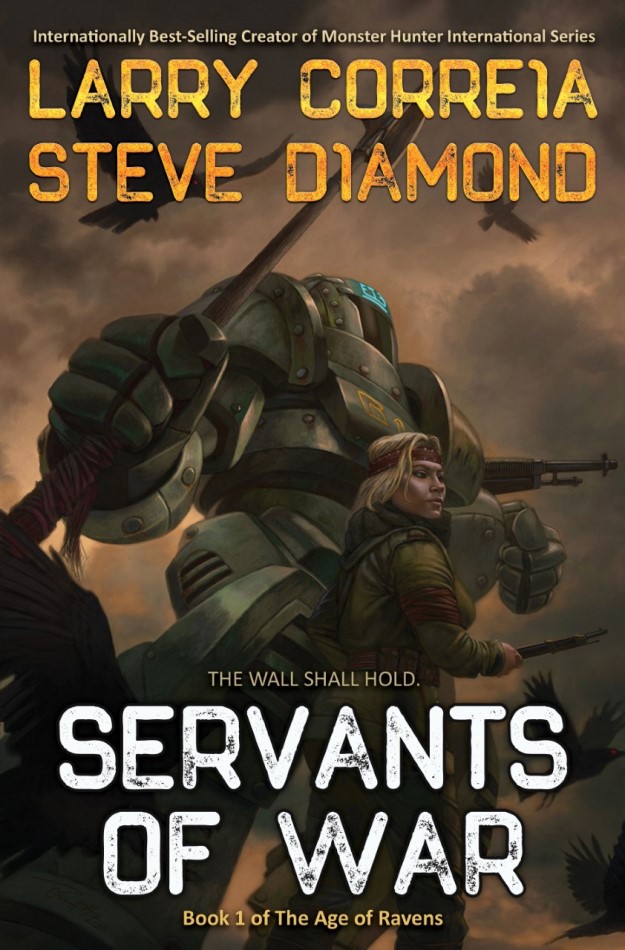
Veteran fantasy readers may yawn if they hear about an epic fantasy about a farm boy in a remote village rising to power, and the first few pages of Servants of War dangles that trope before readers. And then horror rushes in like a tidal wave, and before Chapter 1 can end, the worn trope is burning with hellfire billowing alchemical smoke, a Grimdark spirit rises out of the book to slap the reader in the face, crank the head back, and pour gasoline-action down a thirsty throat.
Welcome to Servants of War. The combination of military-fantasy veteran Larry Correria with horror-guru Steve Diamond promises “military fantasy with horror” and you’ll get trenches full of that. Baen released this masterpiece that opens The Age of Ravens series in hardcover and audiobook in March 2022; the paperback is due February 2023. Without spoiling, this post covers a summary, excerpts, and a small hint as to the forthcoming sequel.
…


